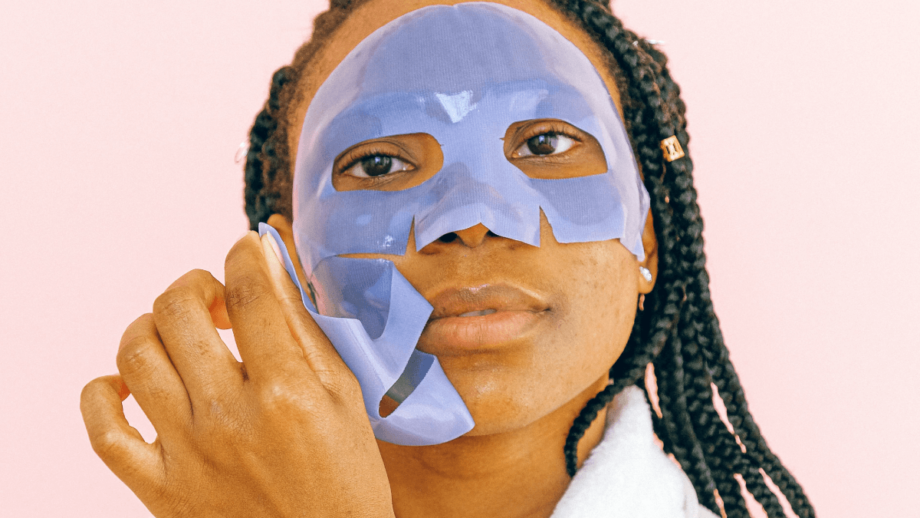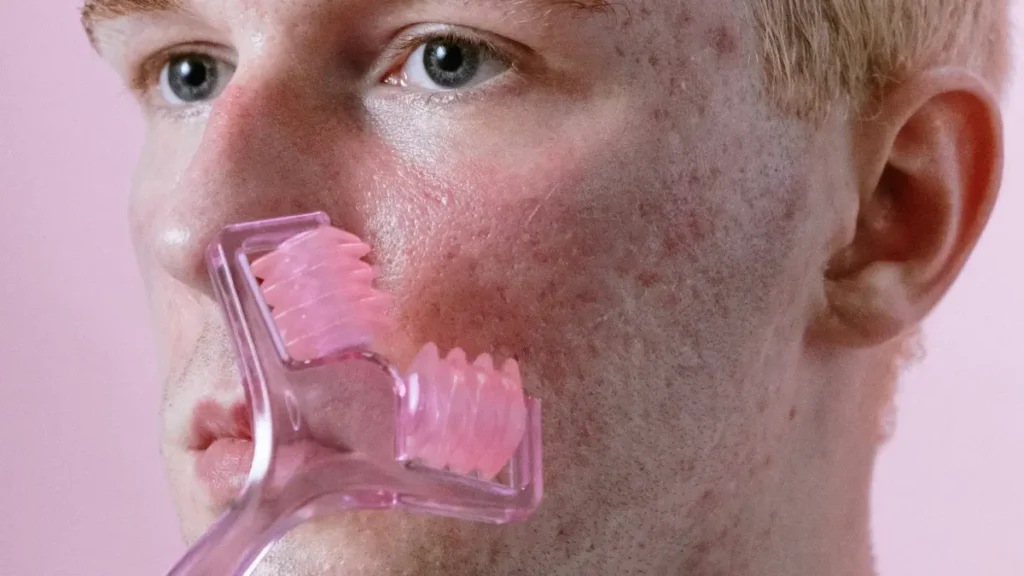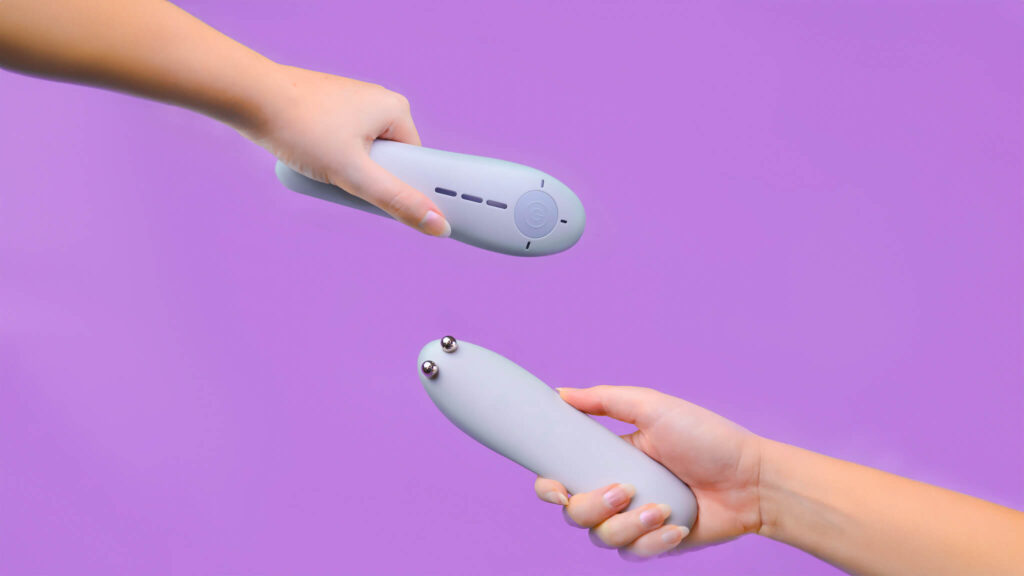Tretinoin is praised as a potent anti-aging solution. But does tretinoin truly live up to its reputation in reducing wrinkles and fine lines? Let’s delve into the science behind this powerhouse ingredient and explore its efficacy in combating signs of aging.
What is Tretinoin?
Tretinoin, also known as retinoic acid, is a derivative of vitamin A and belongs to a class of compounds called retinoids. It’s widely recognized for its ability to stimulate collagen production, increase cell turnover, and improve skin texture. Originally developed as a treatment for acne, tretinoin has since gained popularity for its remarkable anti-aging properties.
How Does Tretinoin Reduce Wrinkles?
The anti-aging effects of tretinoin stem from its ability to penetrate deep into the skin and stimulate collagen synthesis. Collagen is a protein that provides structure and elasticity to the skin, but its production naturally declines with age, leading to the formation of wrinkles and sagging skin. By promoting collagen production, tretinoin helps to plump up the skin, reduce the appearance of fine lines, and improve overall skin firmness and texture.
Clinical studies have shown that tretinoin can significantly improve the signs of photoaging, including wrinkles, roughness, and hyperpigmentation. However, it’s important to note that results may vary depending on factors such as skin type, severity of wrinkles, and consistency of use.
Using Tretinoin Safely
While tretinoin can yield impressive results, it’s essential to use it correctly to minimize potential side effects and maximize benefits. Start with a low concentration of tretinoin and gradually increase as tolerated to minimize irritation. It’s also crucial to use sunscreen daily, as tretinoin can increase the skin’s sensitivity to sunlight and make it more prone to sunburn.
Maximizing Anti-Aging Skincare
In addition to tretinoin, there are several other skincare options that can help accelerate your journey to healthy, youthful-feeling skin. Microcurrent therapy utilizes low-level electrical currents to stimulate facial muscles, tighten skin, and diminish fine lines, while increasing collagen production & cell turnover. Incorporating microcurrent treatments into your skincare routine can complement the effects of tretinoin and enhance overall results.
Furthermore, wearing sunscreen daily is paramount in preventing further sun damage and premature aging. Choose a broad-spectrum sunscreen with SPF 30 or higher and reapply regularly, especially when spending extended periods outdoors. Sun protection is essential not only for reducing wrinkles but also for maintaining overall skin health and preventing skin cancer.
Tretinoin is a powerful anti-aging ingredient with proven efficacy in reducing wrinkles and improving skin texture. When used as directed and combined with proper sun protection, it can help you achieve smoother skin over time. However, it’s essential to approach tretinoin with caution. Additionally, incorporating other wrinkle-reducing skincare options such as microcurrent therapy and sunscreen can further enhance the anti-aging benefits and promote long-lasting results.
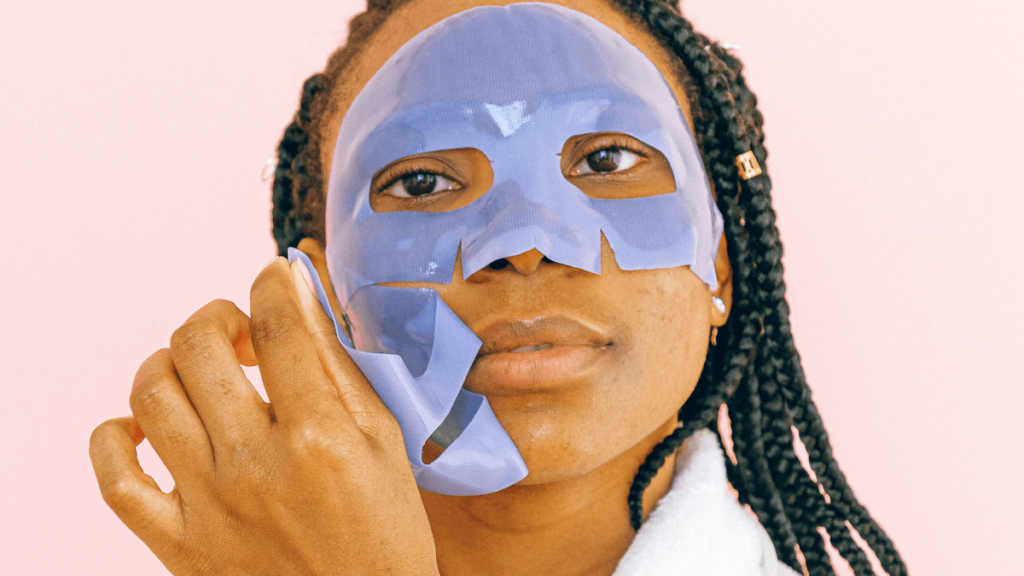
This article is brought to you by
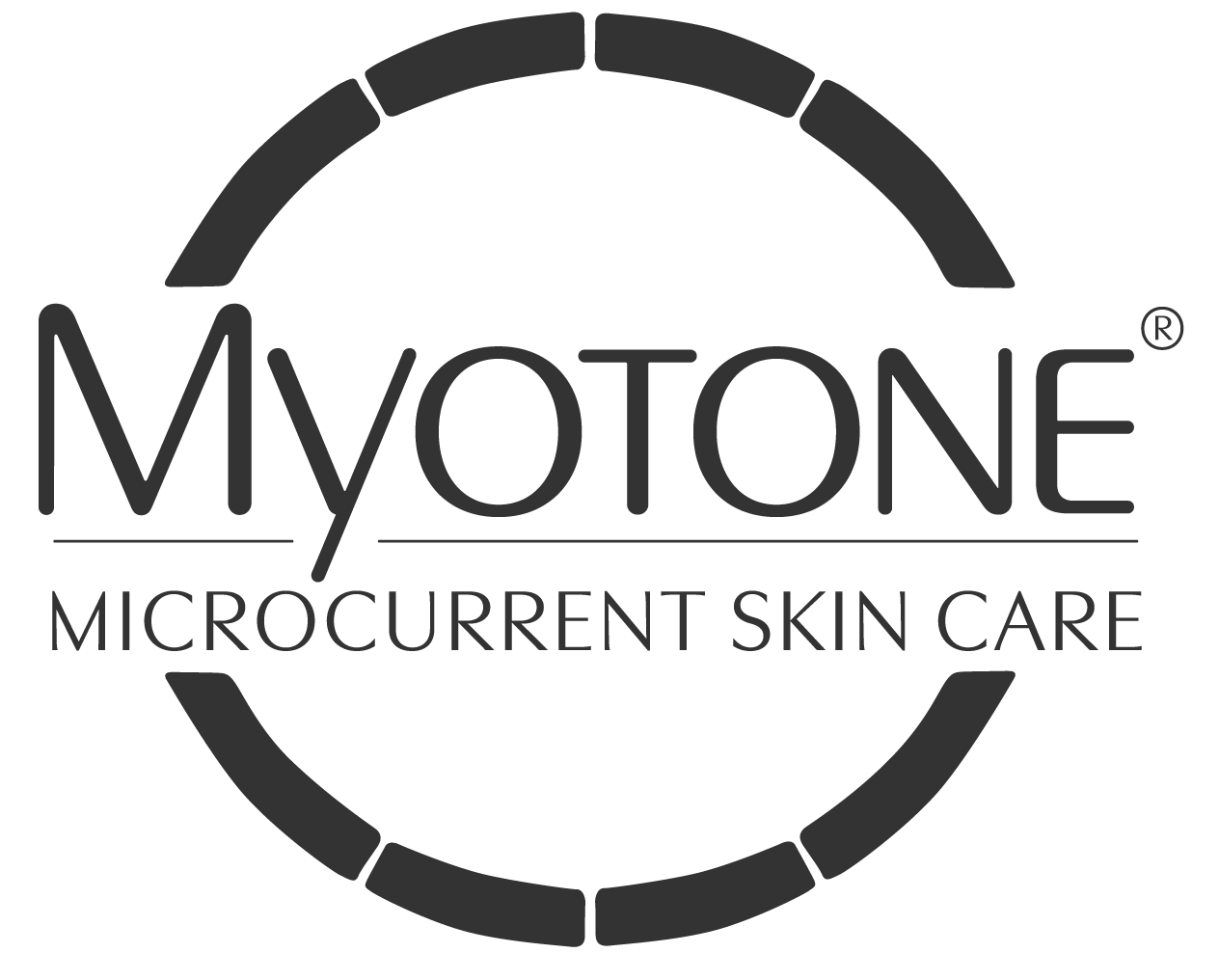
Learn More ⭢
